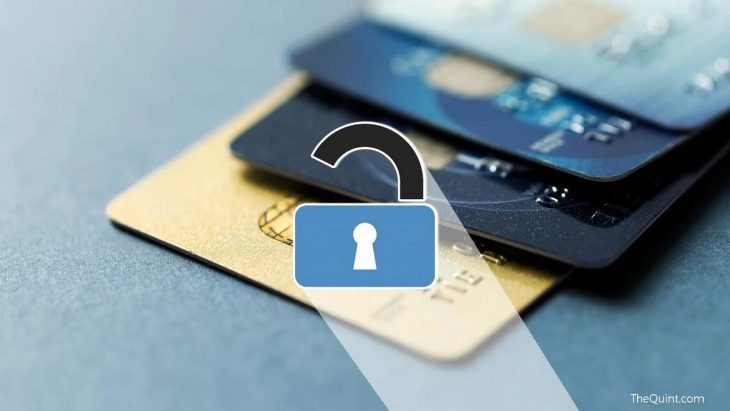As indicated by the Reserve Bank of India (RBI), tokenisation alludes to supplanting of genuine card subtleties with a substitute code called the “token”, which will be special for a mix of card, token requestor (for example the substance which acknowledges demand from the client for tokenisation of a card and gives it to the card organization to give a comparing token) and gadget.
Here is all you need to think about tokenisation:
1. Advantage: according to the data given by the RBI, a tokenised card exchange is considered more secure as the genuine card subtleties are not imparted to the dealer during exchange handling. Tokenisation has been permitted through cell phones and/or tablets for all utilization cases/channels (e.g., contactless card exchanges, installments through QR codes, applications, and so on)
2. Charges: There is no need not pay any charges for benefiting from this help.
3. How does the course of enrollment for a tokenisation demand work: The enlistment for a tokenisation demand is done distinctly with express client assent through Additional Factor of Authentication (AFA), and not via a constrained/default/programmed choice of actually look at box, radio button, and so on Client will likewise be given a decision of choosing the utilization case and drawing up of lines.
4. How could tokenisation be conveyed: The cardholder can get the card tokenised by starting a solicitation on the application given by the token requestor. The token requestor will advance the solicitation to the card network which, with the assent of the card backer, will give a token relating to the blend of the card, the token requestor, and the gadget.
5. Who can perform tokenisation and de-tokenisation: Tokenisation and de-tokenisation can be performed simply by the approved card organization. The rundown of card networks approved by RBI to work in India is accessible on the RBI site.
6. Who is associated with a tokenisation exchange: Normally, in a tokenised card exchange, parties/partners included are the vendors, the trader’s acquirer, card installment organization, token requestor, guarantor, and client. Nonetheless, a substance, other than those showed, may likewise partake in the exchange.
7. Cut-off on the quantity of cards that a client can demand tokenisation: A client can demand tokenisation of quite a few cards. For playing out an exchange, the client will be allowed to utilize any of the cards enrolled with the token requestor application.
Image Credit: The Quint


